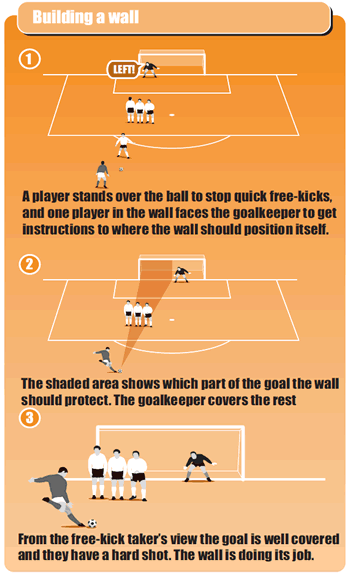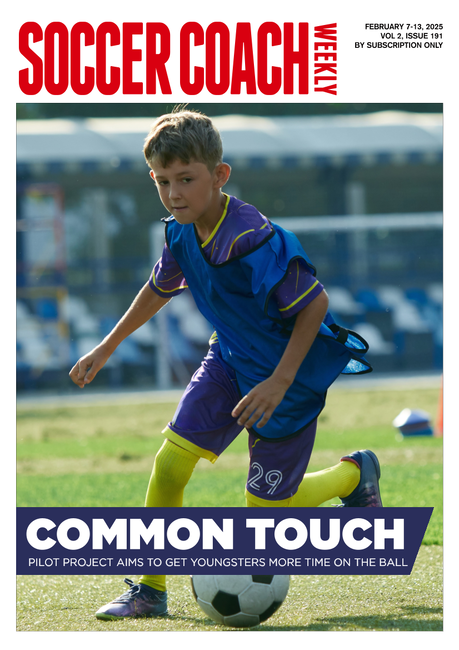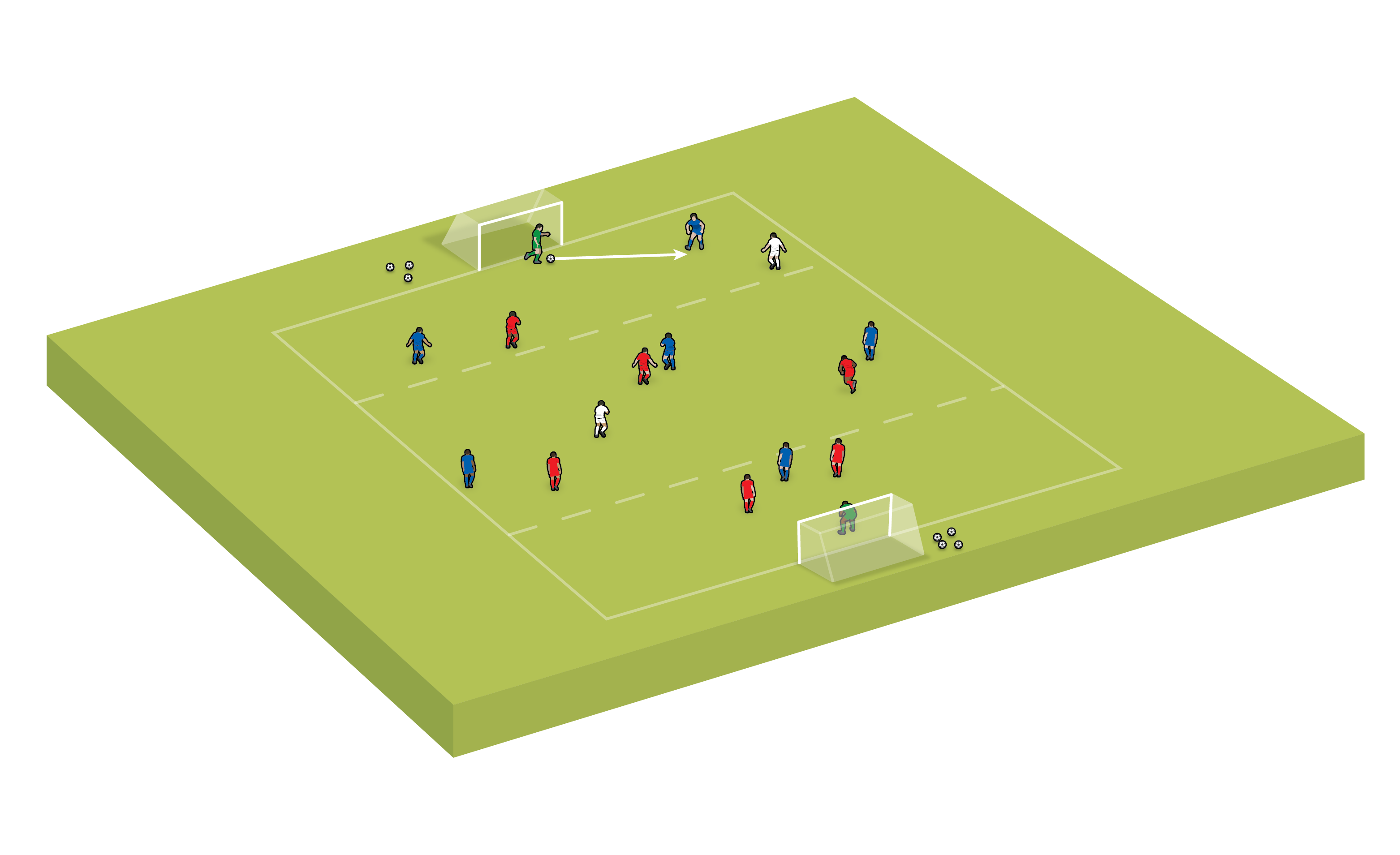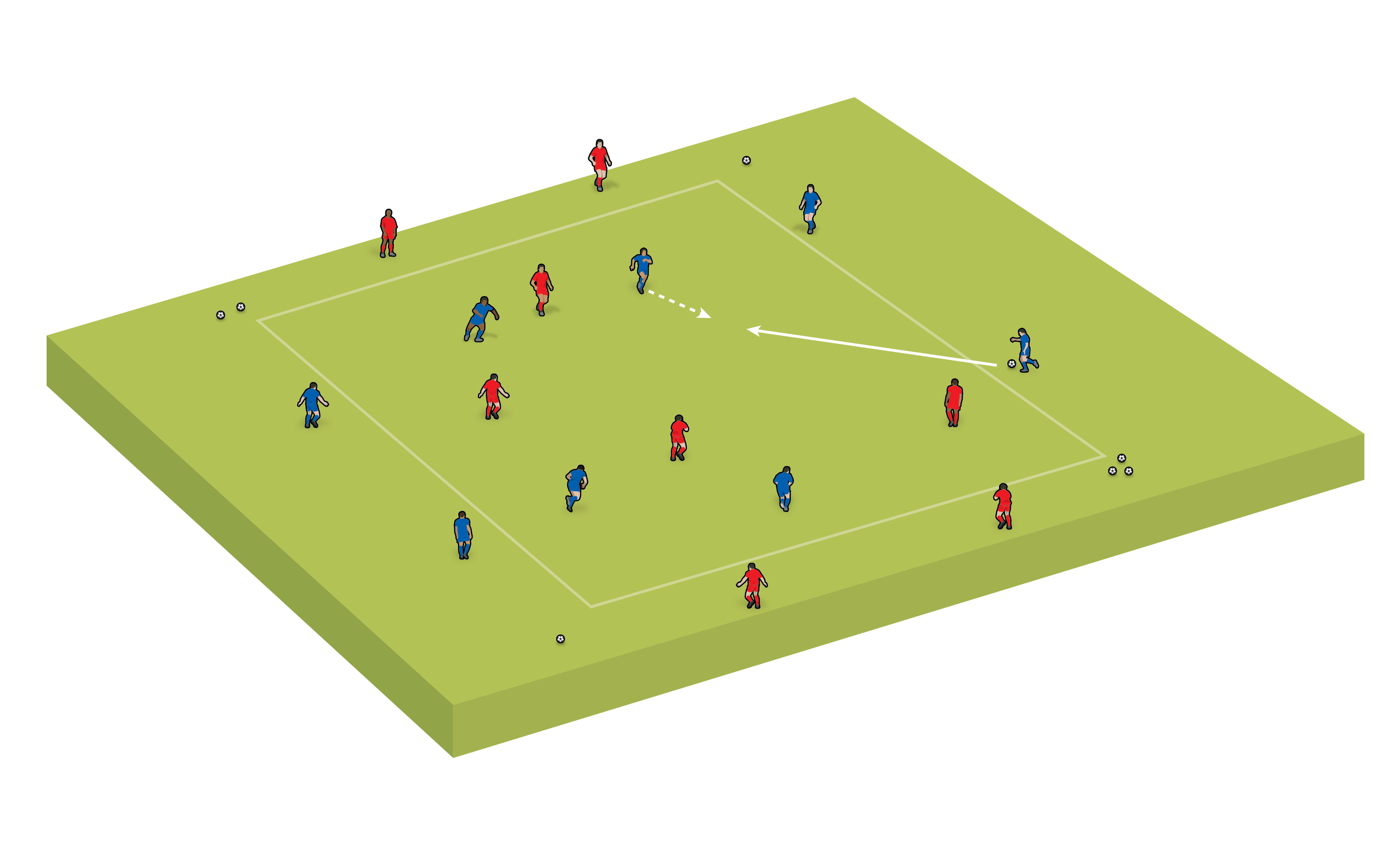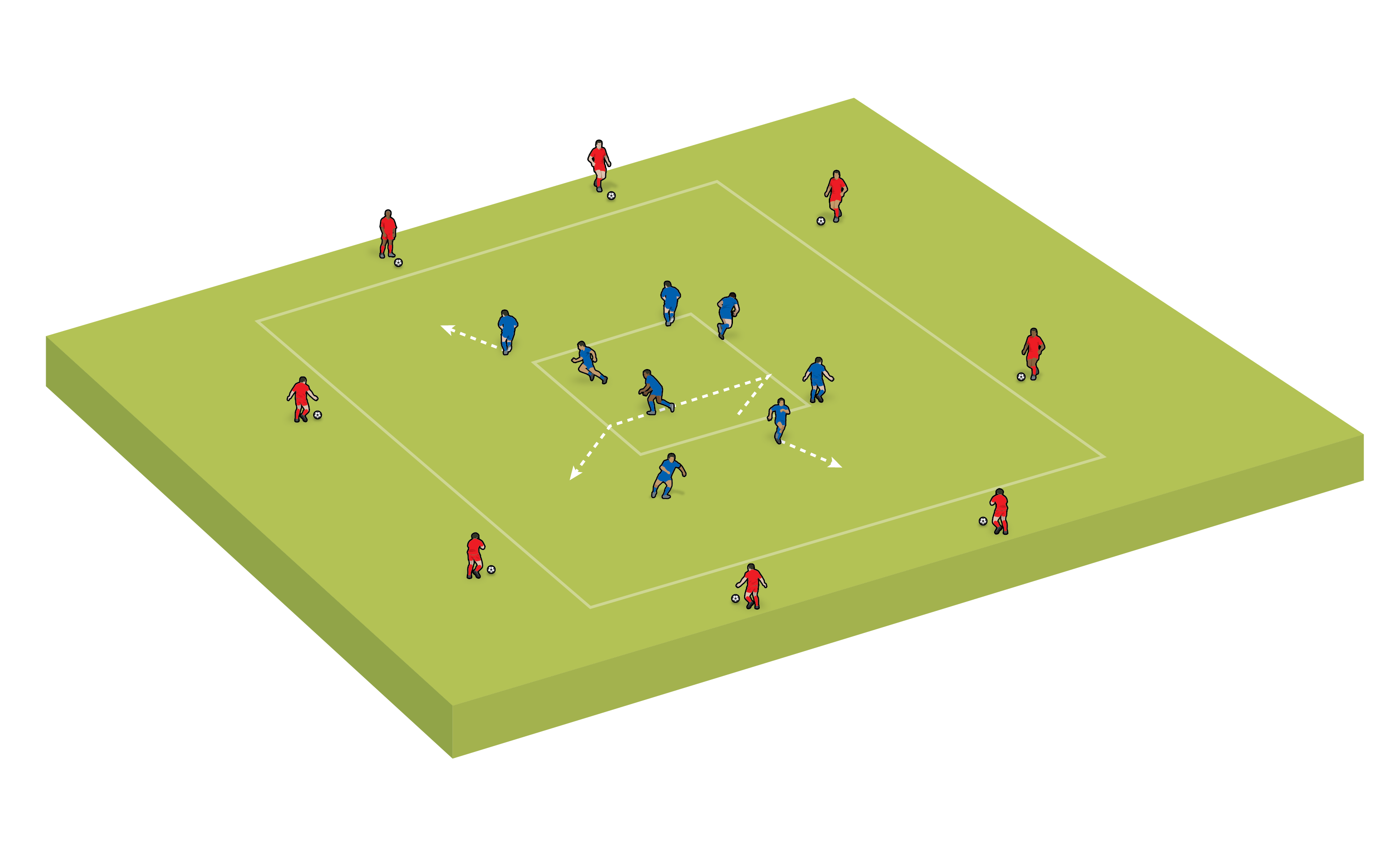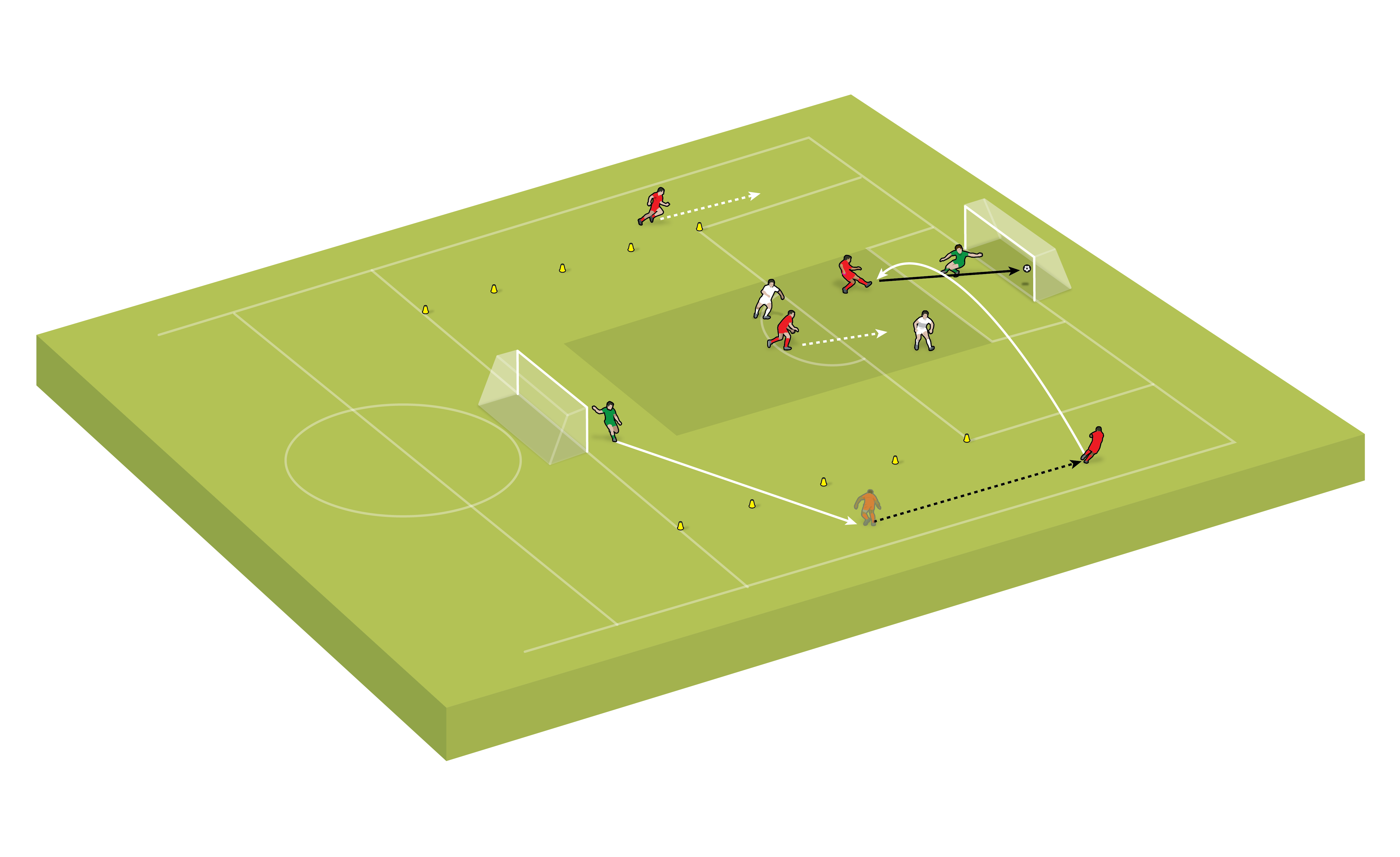Soccer coaching tips to build a defensive wall
Every so often a team will score a great goal from a free kick that is almost impossible for any defence or goalkeeper to keep out.
Every so often a team will score a great goal from a free kick that is almost impossible for any defence or goalkeeper to keep out. When this happens it gives you a great coaching point to talk to your players about – always try to take something from conceding a goal.
The soccer coaching points here are all about positioning for the free kick. A well-placed wall will cut out a very high percentage of free kicks in youth games, and this is what you should aim to achieve from this session.
So the scene is this:
The opposition wins a free kick on the edge of your penalty area. What should your players do?
Before the match
Make sure everyone knows their role. All players are reminded that if they give away a free kick in a dangerous area their first job is to stand in front of the ball. Four players are each given a number, starting with the tallest.
The player nearest the ball
When a free kick is conceded, the player nearest the ball – usually the player that committed the foul – stands in front of the ball, stopping the opposition from taking the kick quickly.
The goalkeeper
Once the goalkeeper is sure the free kick cannot be taken quickly, he needs to assess the position of the ball and call for players to create a wall. This is normally between two and four players.
The goalkeeper will then communicate with the first player in the wall to position it correctly. To do this, the goalkeeper should stand at the goal post nearest the ball (or choose either post if the ball is positioned centrally).
Once he has positioned the wall, the goalkeeper should position himself in the unprotected part of the goal. Make sure he knows which part of the goal he is defending and where he should stand when the kick is taken.
The wall
The first player in the wall should position themselves about eight paces from the ball in a direct line between it and the near post, facing the goal. The remaining players build a wall towards the opposite post.
The players follow the first player’s lead as he is repositioned by the goalkeeper. The goalkeeper might position this player up to a yard outside of the post to stop the free kick being curled around the wall.
Important reminders
If the player standing over the ball is supposed to be in the wall, they should call for a replacement. However, by now the referee should have informed everyone that the taker must wait for the whistle, allowing the player to take up their position in the wall.
If a player that forms part of the wall is substituted, they must tell their replacement what number they are to take in the wall should a free kick be conceded.
Coaches Testimonials

Gerald Kearney, Downtown Las Vegas Soccer Club

Paul Butler, Florida, USA

Rick Shields, Springboro, USA

Tony Green, Pierrefonds Titans, Quebec, Canada
Soccer Drills
Discover the simple way to become a more effective, more successful soccer coach
In a recent survey 89% of subscribers said Soccer Coach Weekly makes them more confident, 91% said Soccer Coach Weekly makes them a more effective coach and 93% said Soccer Coach Weekly makes them more inspired.
*includes 3 coaching manuals
Get Weekly Inspiration
All the latest techniques and approaches
Soccer Coach Weekly offers proven and easy to use soccer drills, coaching sessions, practice plans, small-sided games, warm-ups, training tips and advice.
We've been at the cutting edge of soccer coaching since we launched in 2007, creating resources for the grassroots youth coach, following best practice from around the world and insights from the professional game.
